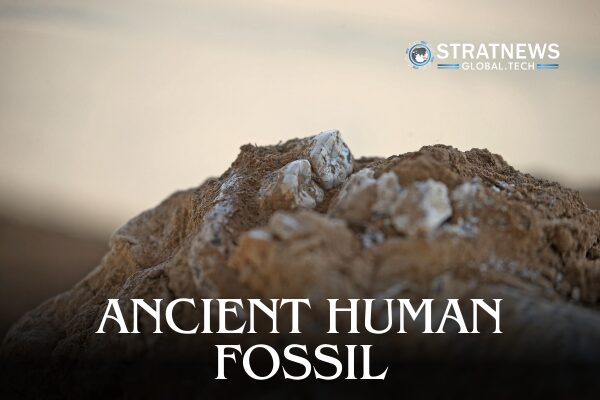Ancient Jawbone Dates Back 1.8 Million Years
Archaeologists in Georgia have discovered a 1.8-million-year-old human jawbone. This ancient relic could offer new insights into some of the earliest human settlements outside Africa. The find was made at Orozmani, a compact archaeological site located about 100 kilometres southwest of Tbilisi.
Though the site is smaller than two parking spaces, it has become a major location for studying human history. The jawbone is believed to belong to Homo erectus, an early human species known for migrating from Africa roughly two million years ago.
Orozmani Site Offers New Clues on Human Evolution
The excavation at Orozmani has already gained attention for earlier discoveries, including a human tooth unearthed in 2022. Close by, the village of Dmanisi has yielded 1.8-million-year-old human skulls, further establishing Georgia as a key region in the study of human origins.
Giorgi Bidzinashvili, a professor of stone age archaeology at Ilia State University, said the findings at Orozmani could provide vital information about early human lifestyles in Eurasia. According to him, the site may reveal how early humans adapted to their new environment after leaving Africa.
Fossils and Tools Help Paint a Broader Picture
Alongside the jawbone, researchers discovered fossils from a range of animals. These included sabre-toothed tigers, elephants, wolves, deer and giraffes. The team also uncovered a collection of stone tools, pointing to the skills and survival methods of early human settlers.
The study of both human and animal remains could help answer key questions about early human diets, behaviour and the climate conditions they faced.
Archaeologists say the site continues to produce important finds every year. For example, Miles Alexandre, an anthropology graduate from the University of Rhode Island, found a small ankle bone during his second day on the dig. “You go down five centimetres… there’s a good chance you’re going to find something,” he said.
With continued research, Orozmani may soon provide even deeper insights into early human migration across the Eurasian continent.
with inputs from Reuters


